Excavators are essential heavy machinery in the construction industry, enabling efficient digging, trenching, and material handling operations. These versatile machines are equipped with various attachments that allow them to perform a wide range of tasks. One critical component that enhances the versatility of excavators is the quick-change joint, which facilitates the swift and seamless swapping of attachments. In this article, we will explore the different types of quick change joints available in the market, highlighting their features and benefits.
-
Pin-On QuickChange Joint:
Pin-on quick change joints are the most traditional and commonly used type. They rely on a series of pins and bushings to secure attachments to the excavator arm. This method requires aligning the pins with corresponding holes in the attachment and manually inserting the retaining pins to secure the connection. While it is a reliable and straightforward system, it can be time-consuming and labor-intensive.
Advantages:
- a) Cost-Effective: Pin-on joints are generally less expensive than other quick-change joint options, making them a popular choice for budget-conscious contractors.
- b) Durability: The use of pins and bushings provides a robust and reliable connection, ensuring attachment stability during demanding tasks.
- c) Compatibility: Pin-on joints are compatible with a wide range of excavator attachments, making them versatile for various applications.
Disadvantages:
- a) Time-Consuming: Changing attachments with pin-on joints can be a time-consuming process, requiring manual alignment and insertion of pins.
- b) Safety Concerns: Improper handling of heavy attachments during the pin-on process can pose safety risks for operators.
-
Mechanical Quick-Couplers:
Mechanical quick change joints offer a significant improvement in attachment changeover time compared to pin-on joints. They utilize hydraulic mechanisms and coupler plates to connect attachments securely. By operating hydraulic controls from the operator’s cabin, the attachment can be quickly locked into place or released.
Advantages:
- a) Time-Saving: Mechanical quickchange joints significantly reduce attachment changeover time, improving overall productivity on the job site.
- b) Operator Convenience: Hydraulic controls allow operators to change attachments from the safety and comfort of the cabin, eliminating the need for manual intervention.
- c) Enhanced Safety: The automatic locking mechanism ensures a secure attachment connection, minimizing the risk of accidental detachment during operation.
Disadvantages:
- a) Higher Cost: Mechanical quick-couplers are generally more expensive than pin-on joints due to the hydraulic components and automation features.
- b) Compatibility Limitations: The compatibility of mechanical quick-couplers may vary depending on the excavator model and attachment types, which can limit the available options.
-
Hydraulic QuickChange Joints:
Hydraulic quick change joints take the advantages of mechanical quick-couplers a step further by incorporating hydraulic lines into the attachment connection. These quick-change joints enable the seamless transfer of hydraulic power, allowing attachments to utilize the excavator’s hydraulic system.
Advantages:
- a) Versatility: Hydraulic quickchange joints offer expanded versatility by enabling attachments to tap into the excavator’s hydraulic power. This feature is especially beneficial for hydraulic-driven tools like hydraulic hammers or grapples.
- b) Improved Efficiency: The ability to transfer hydraulic power eliminates the need for separate power sources for attachments, streamlining operations and reducing downtime.
- c) Enhanced Safety: Hydraulic quick-couplers provide a secure and reliable connection, ensuring the attachment stays firmly in place during operation.
Disadvantages:
- a) Cost and Complexity: Hydraulic quick-couplers are more expensive than other types due to the hydraulic lines and valves involved. Additionally, their complexity may require more advanced training for operators.
- b) Maintenance Requirements: Hydraulic systems require regular maintenance and inspection to ensure optimal performance, adding to the overall operational costs.
Conclusion:
Choosing the right type of quick-change joint for an excavator depends on factors such as budget, project requirements, and personal preferences. While pin-on joints remain a cost-effective option, mechanical and hydraulic quick-couplers provide significant time savings, operator convenience, and enhanced safety. Contractors must carefully evaluate their needs and consider the specific advantages and disadvantages of each type to make an informed decision. Ultimately, investing in a reliable quick-change joint can enhance the excavator’s versatility, productivity, and overall efficiency on the job site.
-
Hydraulic Tilt Quick-Couplers:
Hydraulic tilt quick-couplers are a specialized type of quick-change joint that adds an additional level of flexibility to excavator attachments. In addition to the features of hydraulic quick-couplers, they allow the attached tool or bucket to be tilted at various angles. This tilting capability enhances the precision and adaptability of the excavator, especially when working on uneven terrain or performing grading tasks.
Advantages:
- a) Versatile Angling: Hydraulic tilt quick-couplers enable attachments to be tilted, providing greater control and accuracy when working on slopes or performing fine grading work.
- b) Increased Productivity: The ability to tilt attachments reduces the need for repositioning the excavator frequently, improving efficiency and reducing overall project time.
- c) Enhanced Functionality: Hydraulic tilt quick-couplers expand the range of tasks an excavator can perform, making it suitable for a wider variety of applications.
Disadvantages:
- a) Higher Cost: Hydraulic tilt quick-couplers are generally more expensive than other types due to the additional hydraulic components and tilting mechanisms.
- b) Maintenance Considerations: The added complexity of hydraulic tilt systems may require more frequent maintenance and inspections, increasing the overall maintenance costs.
-
Wedge-Style QuickChange Joints:
Wedge-style quick change joints employ a wedging mechanism to secure attachments in place. They utilize wedges that fit into corresponding slots on the attachment, providing a secure connection. This type of quick-change joint is commonly used in specialized excavator applications where precision and stability are crucial.
Advantages:
- a) Strong and Stable Connection: Wedge-style quick-couplers offer a robust and secure attachment connection, minimizing the risk of accidental detachment.
- b) Precise Positioning: The wedging mechanism ensures precise alignment and positioning of attachments, allowing for accurate and controlled operation.
- c) Compatibility: Wedge-style quick-couplers are compatible with a wide range of attachments, making them suitable for various applications.
Disadvantages:
- a) Limited Availability: Wedge-style quick-couplers may not be as widely available as other types, limiting the options and availability for contractors.
- b) Complexity: The wedging mechanism may require additional steps and adjustments during attachment changes, potentially increasing the time required for switching attachments.
Conclusion:
Excavator quick-change joints play a crucial role in maximizing the efficiency and versatility of these heavy machines. Pin-on joints provide a cost-effective and durable option, while mechanical quick-couplers offer improved convenience and time savings. Hydraulic quick-couplers further enhance attachment versatility by providing access to the excavator’s hydraulic power. Hydraulic tilt quick-couplers and wedge-style quick-couplers cater to specific needs, offering increased precision and stability in specialized applications.
Contractors should carefully assess their project requirements, considering factors such as budget, efficiency, safety, and attachment compatibility when selecting the appropriate quick-change joint for their excavators. It is advisable to consult with equipment manufacturers, dealers, or industry experts to ensure the chosen quick change joints aligns with their specific needs and maximizes the excavator’s potential. Ultimately, investing in the right quick-change joint can significantly enhance productivity, safety, and overall performance on construction sites.

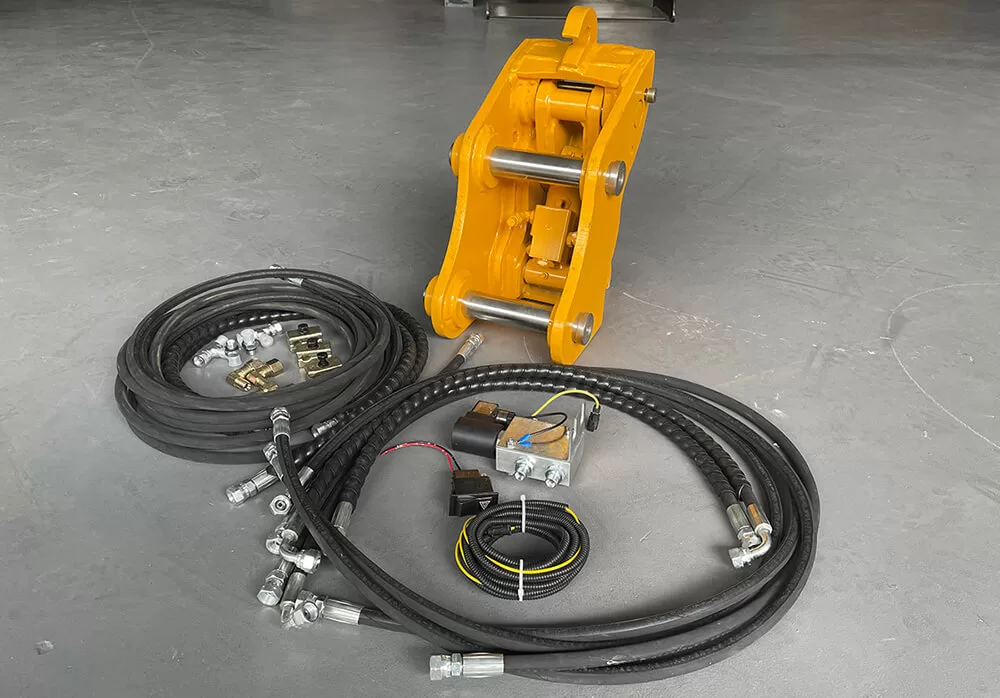
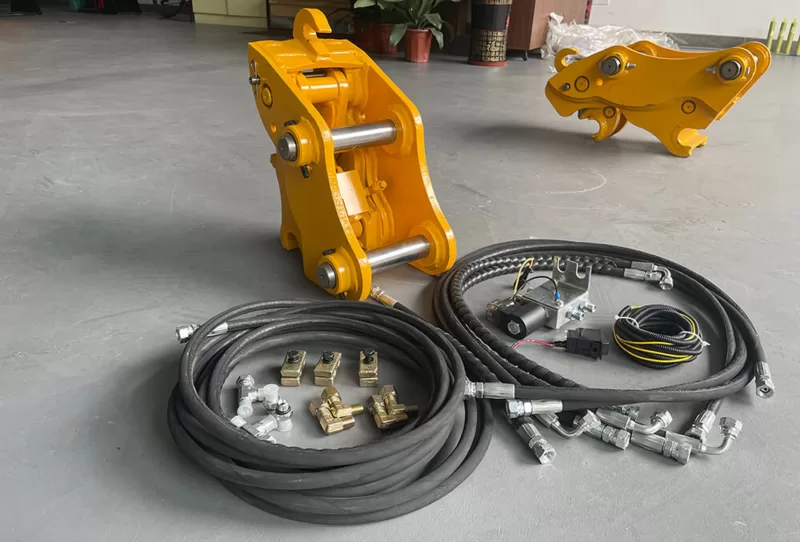
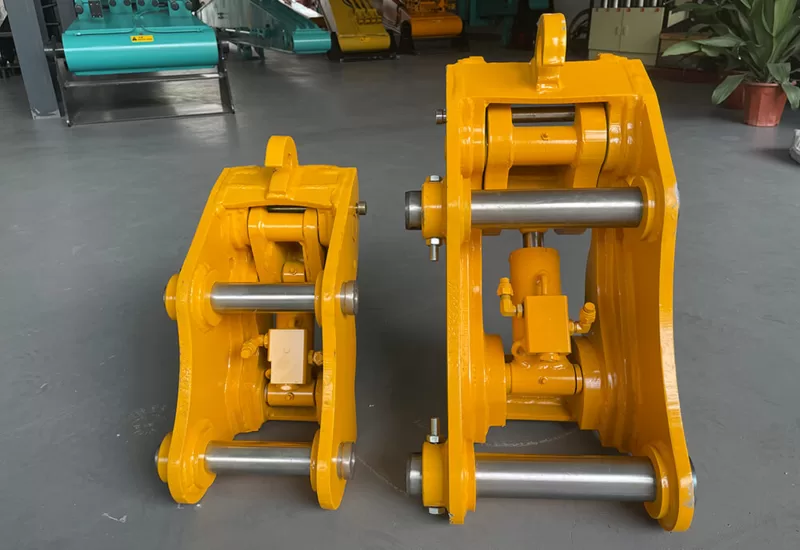
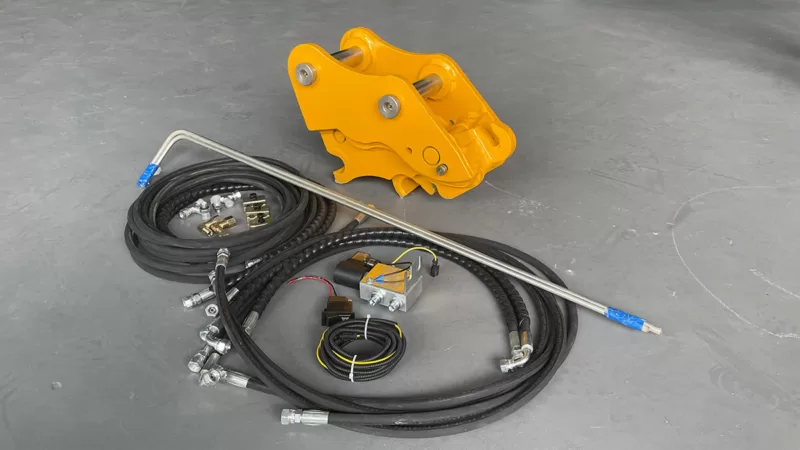

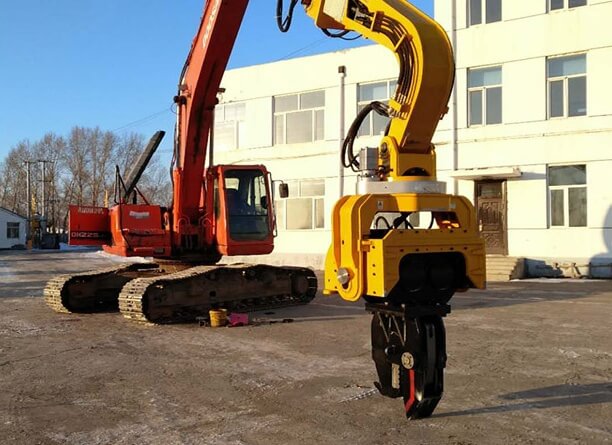

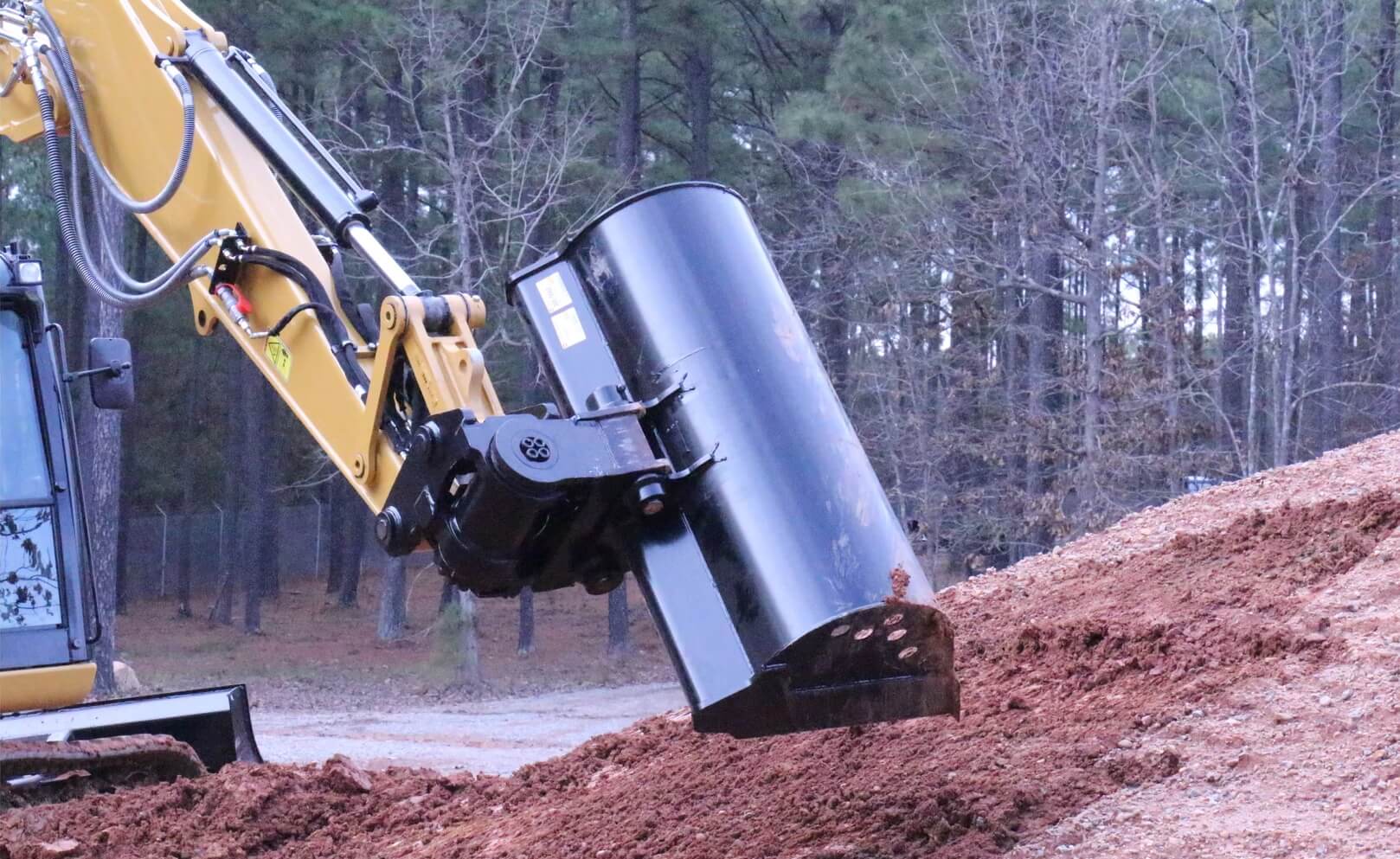
Leave A Comment